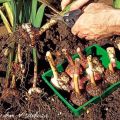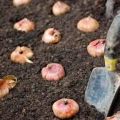How to propagate gladioli with seeds, bulbs and children, preparation for planting
The greatness and beauty of gladioli forces gardeners to invent effective, simple and cost-effective methods of reproduction. Today, about 2 thousand varieties of this plant are known. Despite the impressive figure, it is sometimes not easy to get the necessary planting material. But a neighbor in the country often has one. How do garden gladioli reproduce? Several ways have been invented for this, it remains only to choose the appropriate one.
Reproduction of gladioli by children (tubers)
The most reliable, but at the same time, the simplest way to propagate a flower you like is to collect tubers from it. Garden gladioli of any variety form them in sufficient quantity after the end of the flowering period.
What it is?
Corms form the basis of bulbous plant species, it is with them that the growth and development of the future flower begins. Depending on the variety, a different number of babies are formed on the mother's bulb.
Sometimes you have to resort to stimulating this process, cutting off the peduncle just before the end of flowering.
Reproduction of gladioli by tubers allows you to quickly breed your favorite variety, as well as rejuvenate your own plantings.
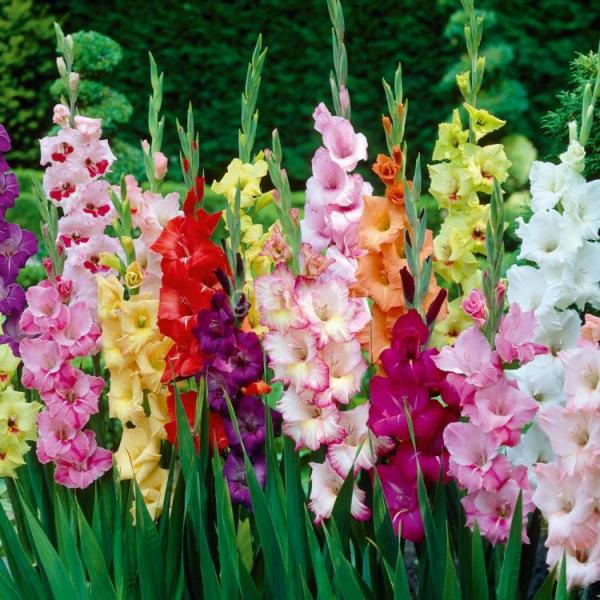
Winter storage
It is recommended to dry the small onions thoroughly before storing them. The drying process takes several weeks (usually 2-3). After that, the planting material is sorted again and sent to the storage only for healthy children. If small foci of decay are found, then they are cut out with a sharp knife, filled with brilliant green and left for further drying.
Wooden boxes for vegetables are suitable for drying, in which children of gladioli are stored for 1-1.5 months at room temperature, covered with a newspaper that will absorb the released moisture. After drying, the onions are wrapped in dry, clean newspaper and sent for storage in a cool room or in the lower section of the refrigerator. Subject to the necessary conditions and maintaining the temperature regime, the children of gladioli retain their qualities for 2-3 years.
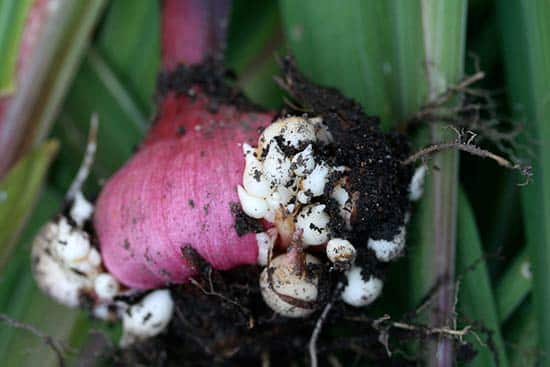
Growing seedlings from gladiolus babies
Preparing children for planting involves carrying out certain activities. The collected planting material is taken from the storage, cleaned of dry husks, if necessary, soaked for a day in warm water. This stimulates the rhizomes to start growing.After that, the children are planted in prepared soil, poured into a flower pot or box, and wait for their germination. Further, the plantings are moistened and left for a week in a warm, well-lit room, waiting for the sprouts to appear.
Planting and caring for children of gladioli in the beds
After the bulbs are planted in the soil, they are irrigated, and the land around is mulched. Throughout the growing season, young gladioli are watered, loosened, and fed. As soon as foliage begins to form, a complex mineral fertilizer with a nitrogen content is applied. After a couple of weeks, the plants are fed with preparations containing iron and manganese. The emerging peduncles from young plants must be cut off.

Dividing the bulb
More experienced florists and summer residents are at risk to propagate gladioli by dividing the bulb. This will require certain skills and a stock of theoretical knowledge, otherwise the experiment will fail.
Features of the method
When dividing the maternal gladiolus bulb into several parts, you can get not only a larger amount of planting material, but also stimulate the formation of children. For manipulations, material is taken from the second or third year of life without signs of any diseases or pests.

How to exercise correctly?
Before you start cutting the onion, prepare tools and fixtures. The knife is sharpened well, burned on fire. The head is cut vertically. The number of pieces obtained depends on the size of the original bulb.
Each piece should contain not only a part of the bottom for the formation of new roots, but also living buds.
The cut sites must be disinfected and processed. Wood ash and brilliant green are used for such purposes. After that, the pieces of the onion are left for some time to dry, and then planted in the prepared nutrient soil. In the fall, ready-made, formed corms are dug up. Already next year they will give a large number of children, which are later used for reproduction and renewal of planting material. It is necessary to care for the cuttings planted in the open ground in the same way as for an adult plant.
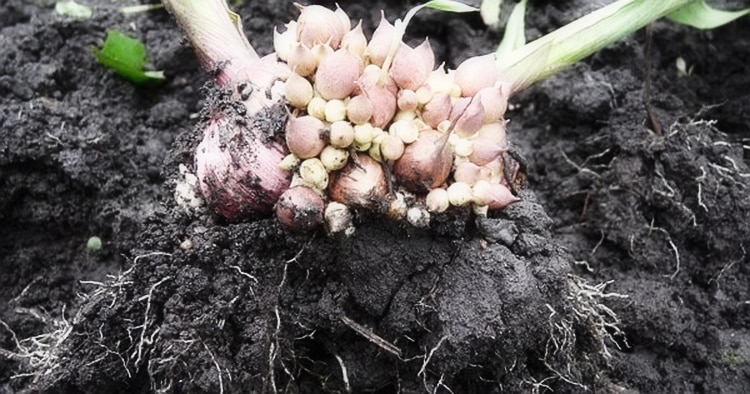
Plant the slices of the bulbs, preferably upside down. Ground shoots with this method develop more slowly, flowering often does not occur, but the formation of children is stimulated.
How to work with seeds?
Over time, gladiolus bulbs lose their properties:
- become flat;
- give fewer children for breeding;
- throw out weak peduncles in small quantities.

In this case, some gardeners resort to seed propagation of gladioli. This technique is considered risky, costly and unjustified, but it still takes place. When growing bulbs from seeds, all the varietal properties of the mother plant are often lost, the cross-pollination that occurred during the flowering period is strongly affected. The result of such processes is unpredictable.
Most often, the method of growing gladioli from seeds is used by professional breeders for their scientific works and breeding new varieties.
In gladioli, after pollination, seed pods form, in which the seeds then ripen. According to their external characteristics, they resemble small flat plates, the size of which is 2 mm. After ripening, the seeds acquire a brown color. A barely noticeable embryo of the future gladiolus is visible under the shell. Up to 200 seeds are formed in each seed box. After ripening and collecting, they are successfully stored at room conditions, but the storage place should not be allowed to be too dry. In this case, germination is greatly impaired.

In March-February, the harvested seed is planted in containers or boxes. During this period, flowers need to provide a sufficient level of lighting, using fluorescent lamps for this. If this is not possible, the sowing dates should be postponed to the end of March.
Before sowing, the seeds are soaked in a growth stimulator for several hours. The containers and soil mixture are prepared in advance. The ideal option would be to mix in equal proportions:
- sod soil;
- humus;
- river sand.
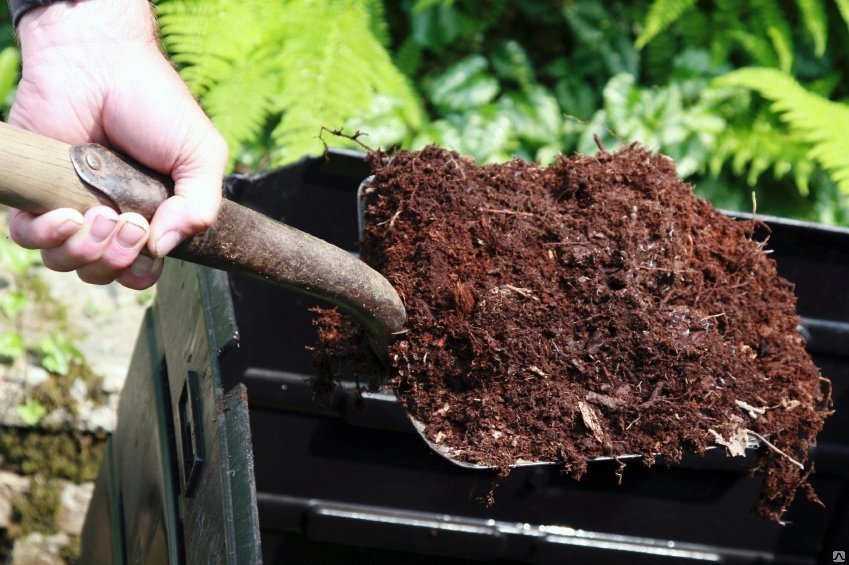
Florists also use a ready-made commercial mixture, but in this case, calcined sand should be added to it. Seeds of gladioli are germinated and then sown in boxes or pots. Subsequently, they only need regular moistening and gentle loosening of the soil.
With the onset of warm weather, boxes with young shoots of gladioli gradually begin to be taken out into the street and tempered. Initially, they are left in the fresh air for a couple of hours, and then this time is gradually increased. To prevent the sprouts from getting sunburn, they are covered from direct rays.
After the threat of night frosts has passed, gladioli can be planted in open ground. Although some florists leave them in boxes all summer long, while carrying out standard care procedures. As a rule, in the first year of life, a flower grown from a seed does not bloom. All his strength goes to the formation and development of a strong and healthy bulb.
In the fall, gladioli planted from seeds are dug out, small bulbs are separated from the stem and prepared for storage. The timing of harvesting flowers depends on climatic conditions, but most often it is done in September. The next year, the collected bulbs are planted on the site in grooves. They may well already bloom, although professionals recommend cutting the peduncle so that the plant has enough strength to further form the bulb. Care for gladioli grown from seeds is no different from that which is carried out when growing them from bulbs or children.


